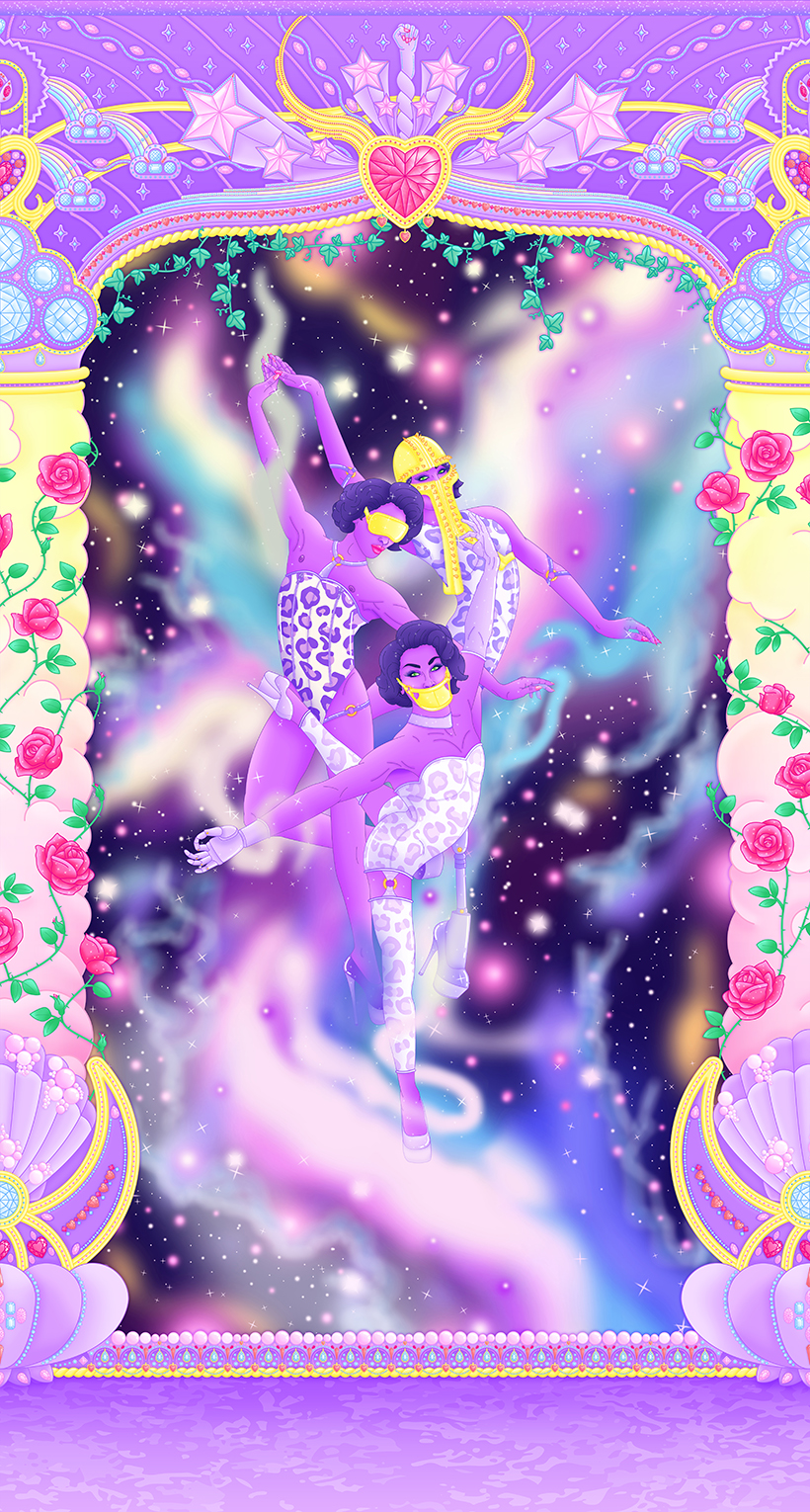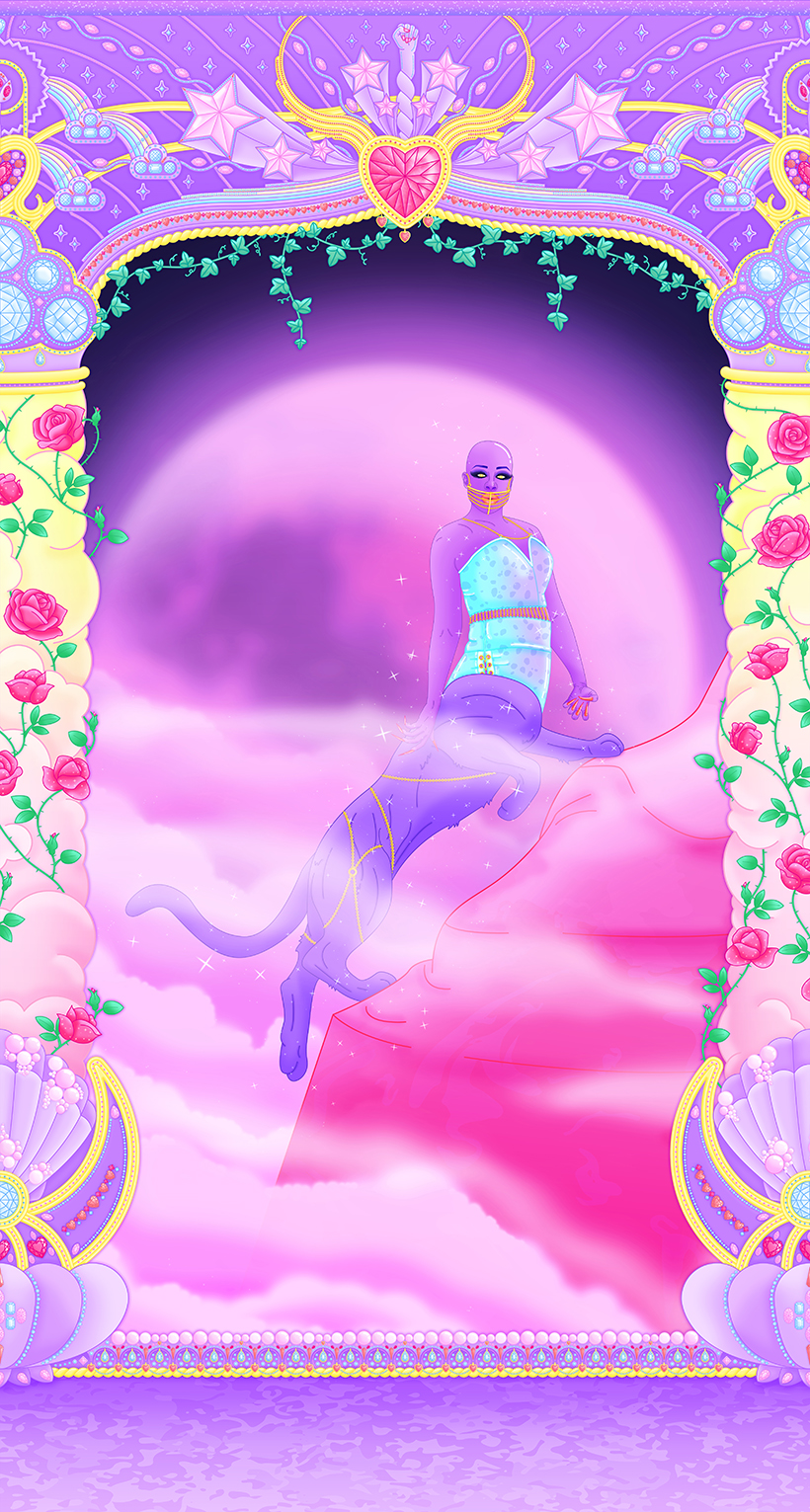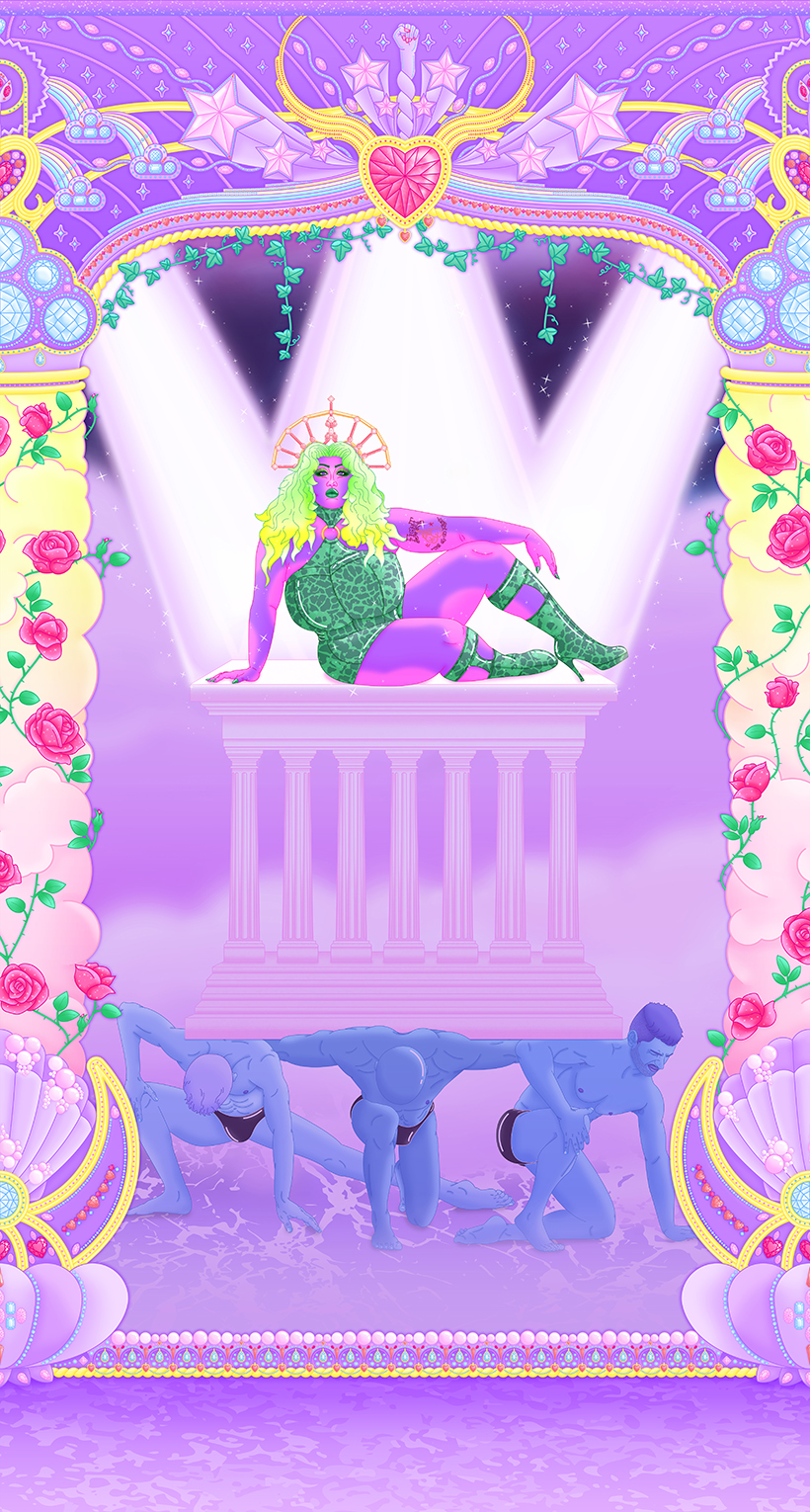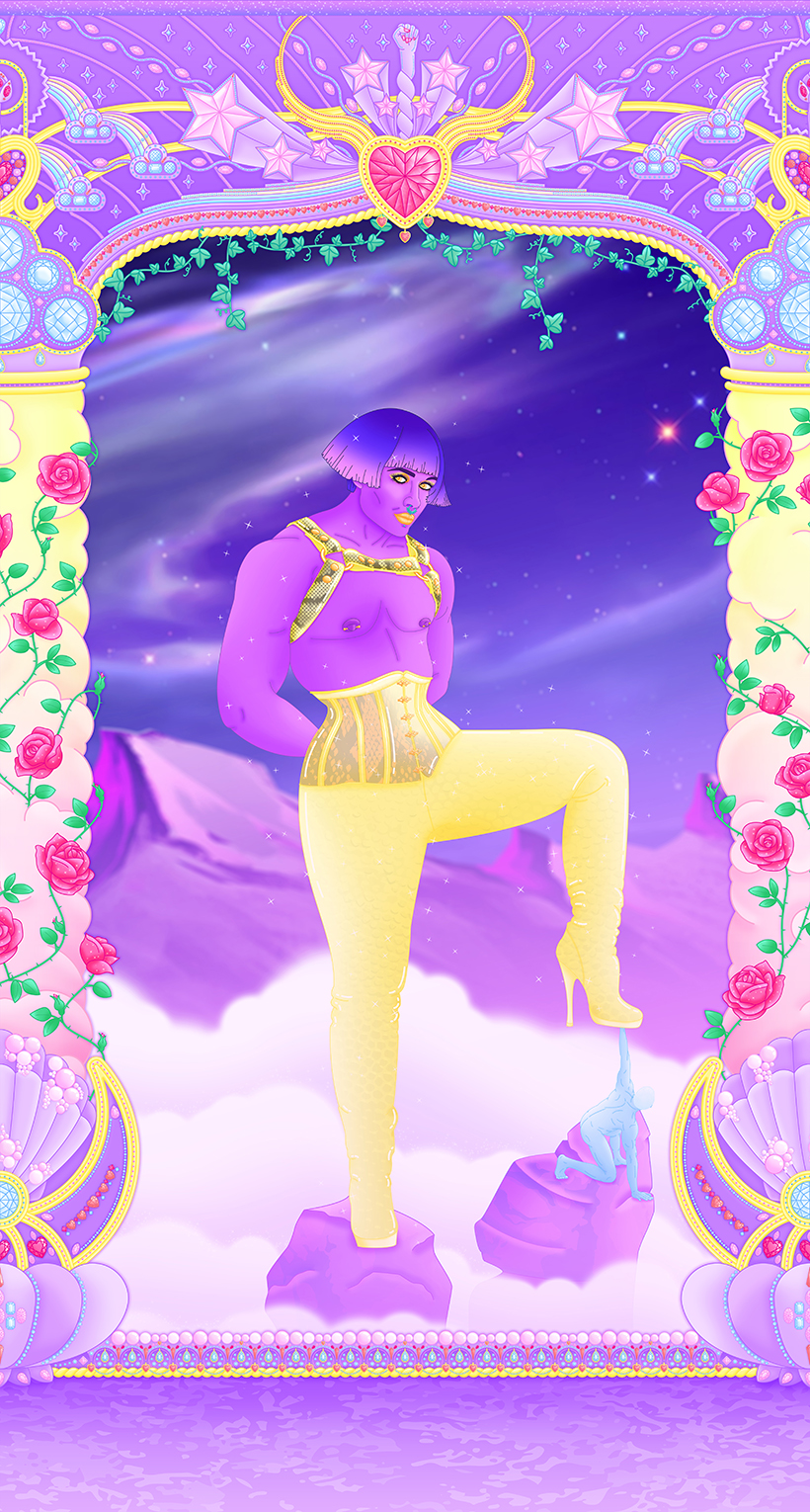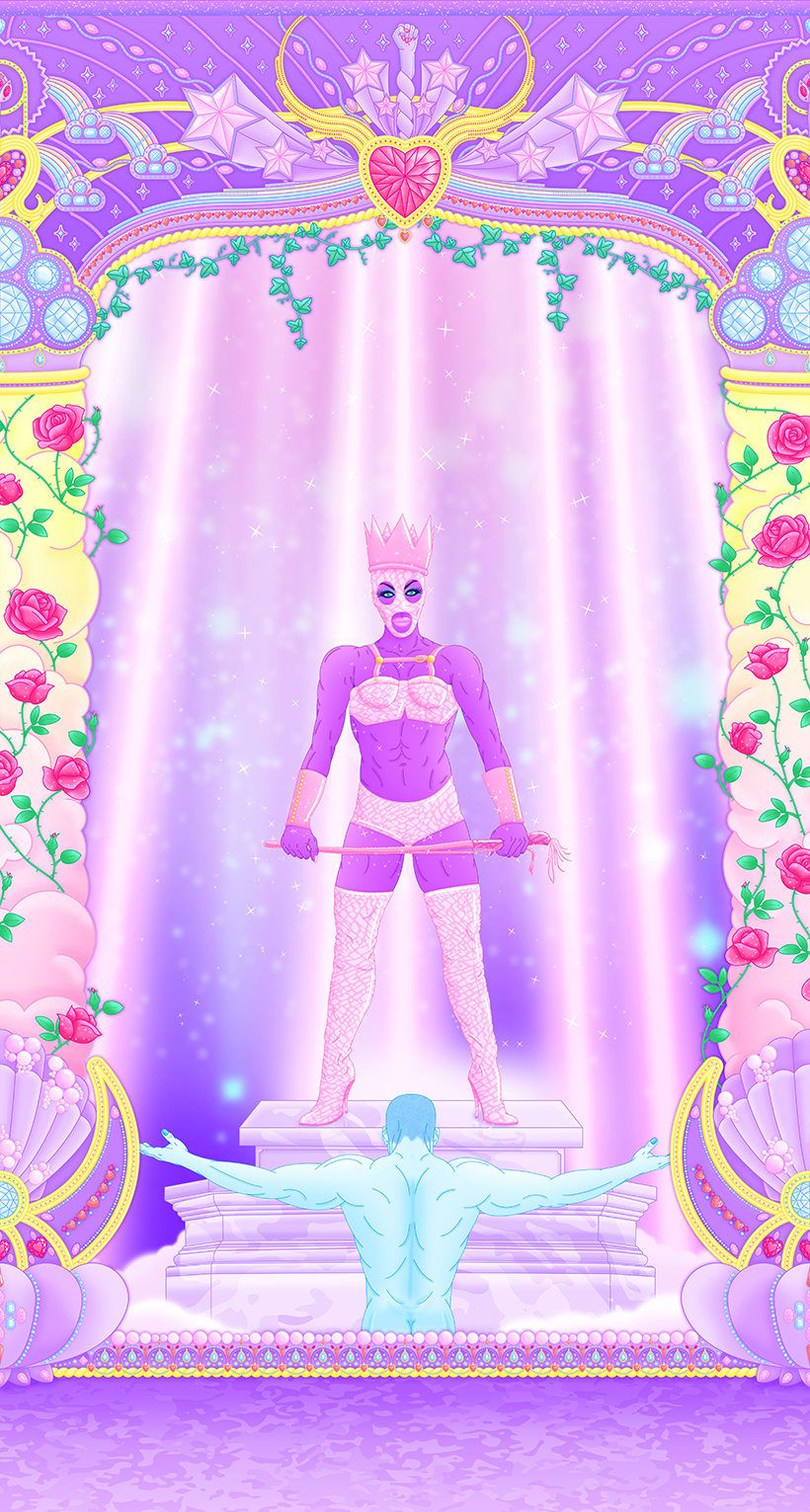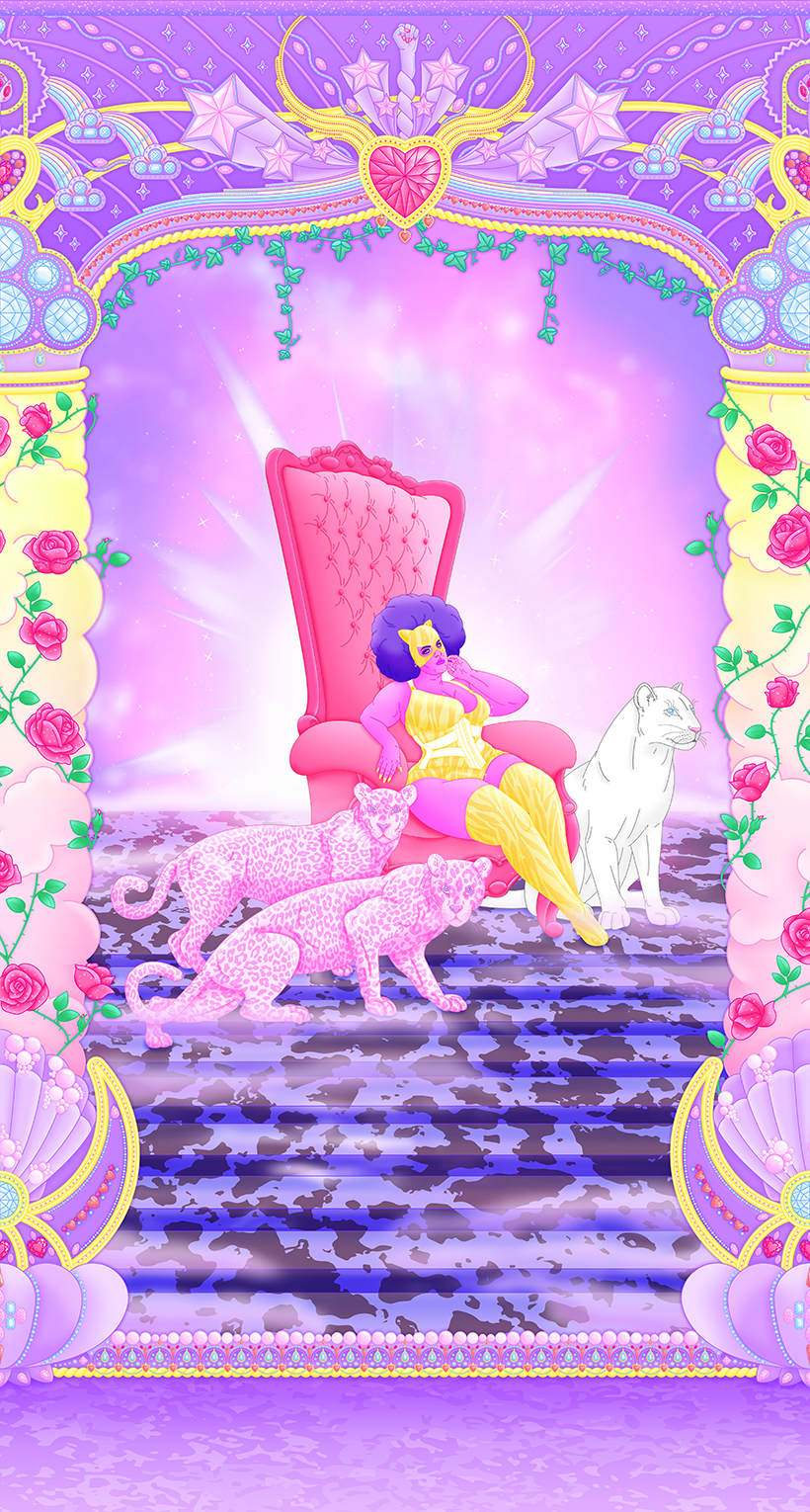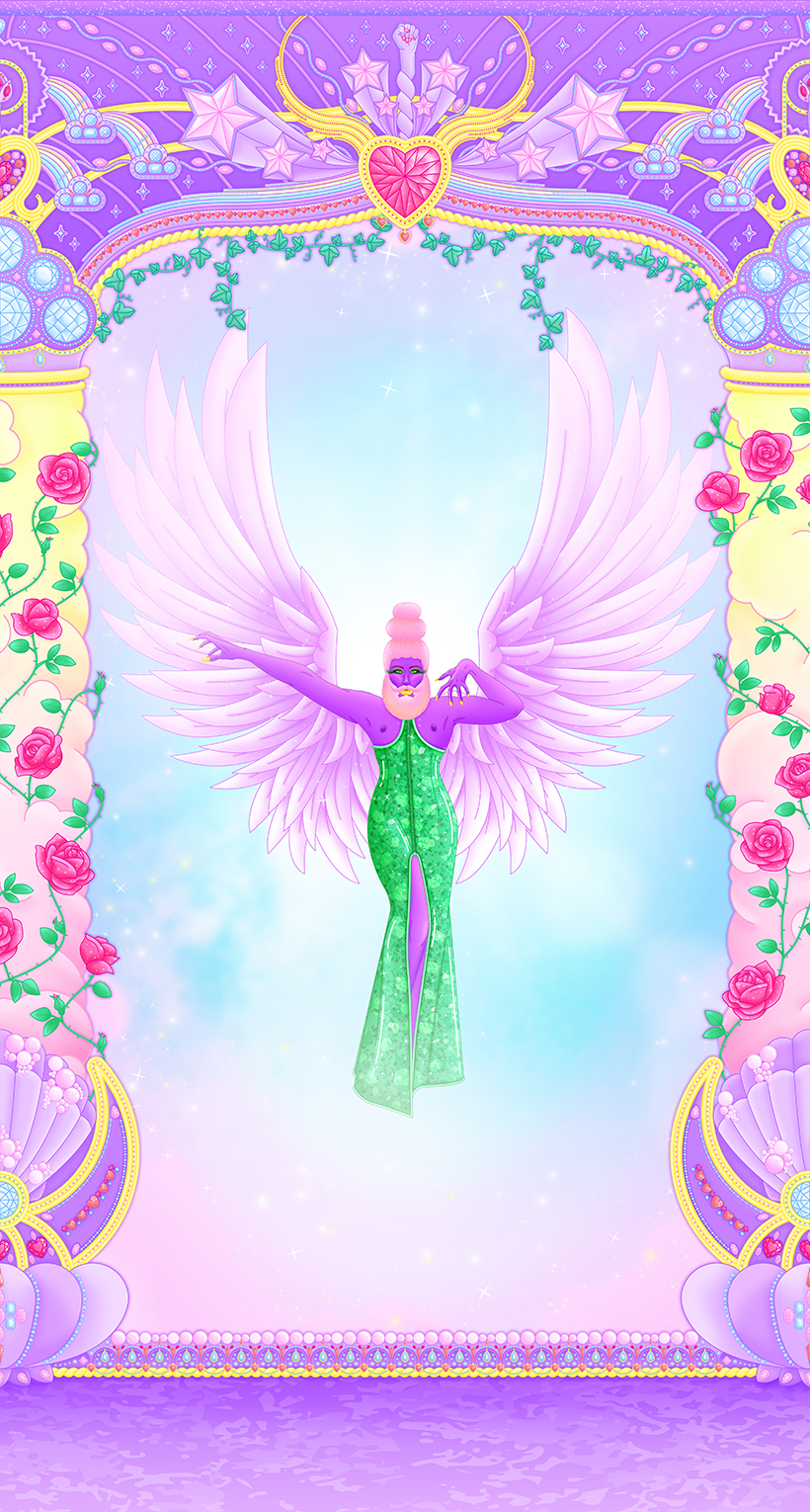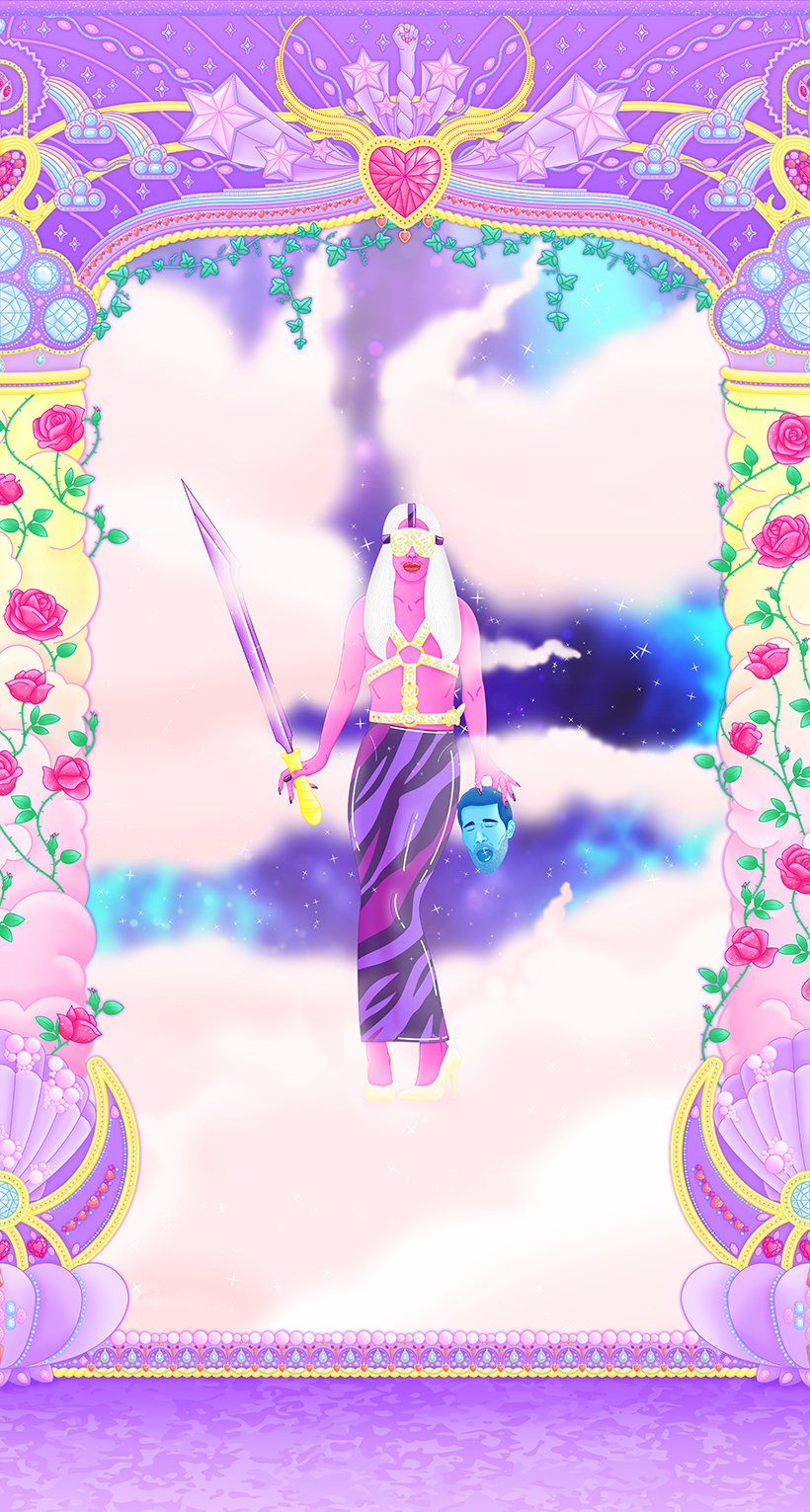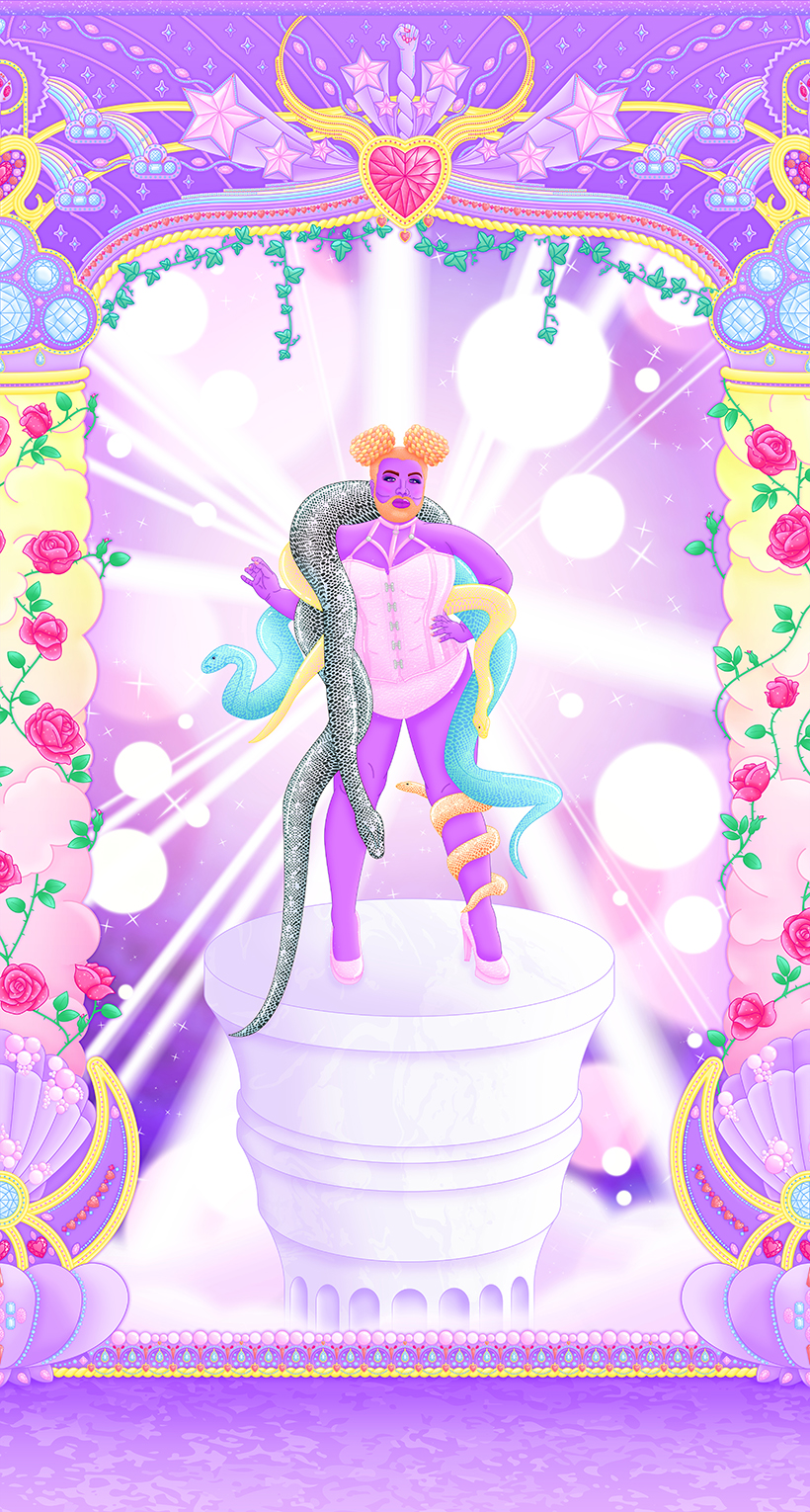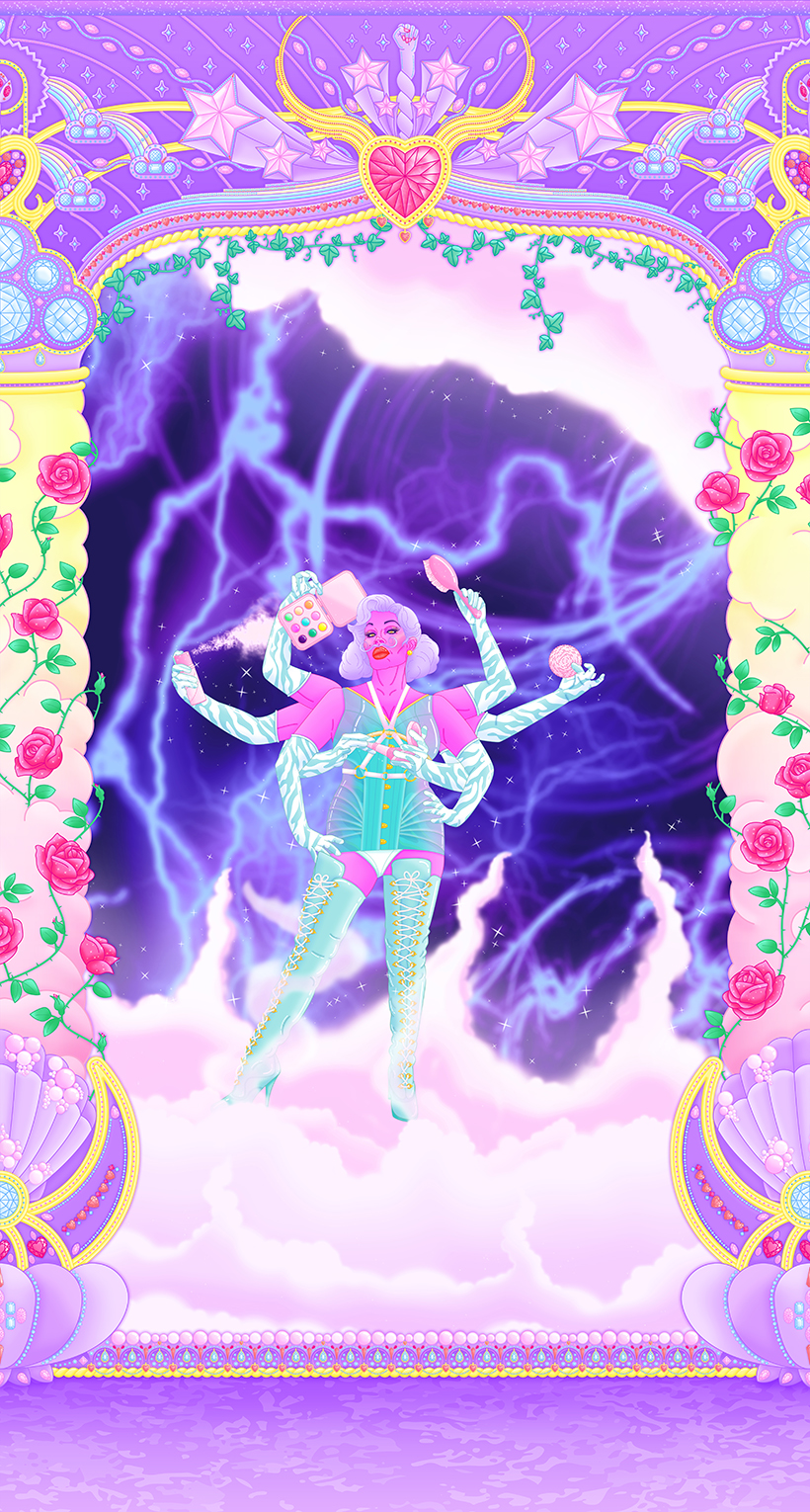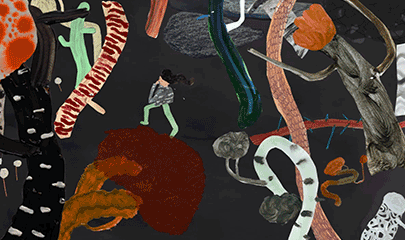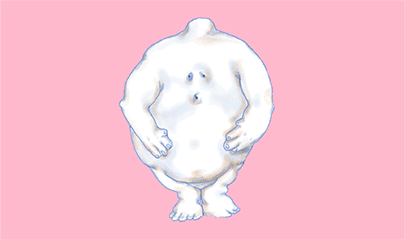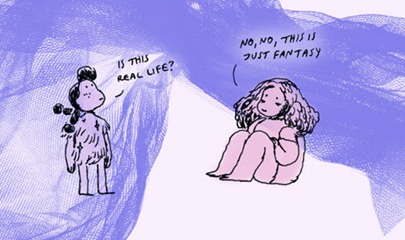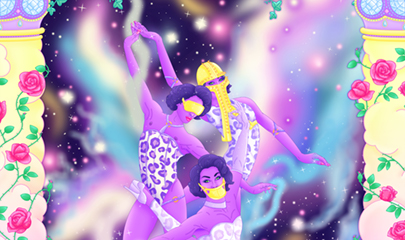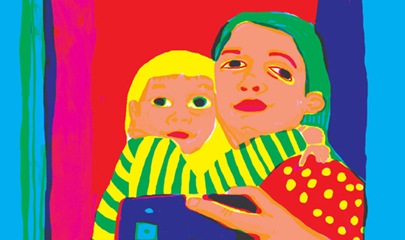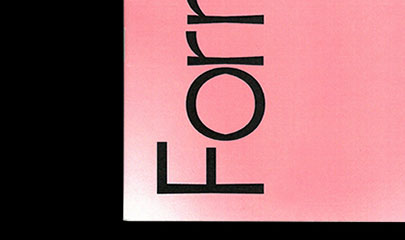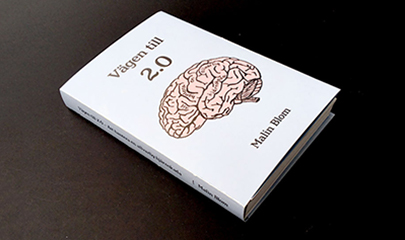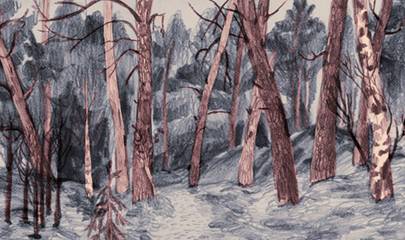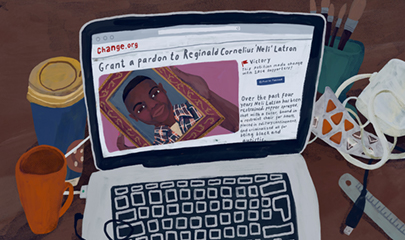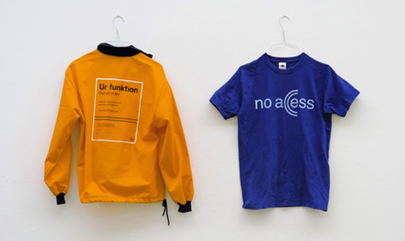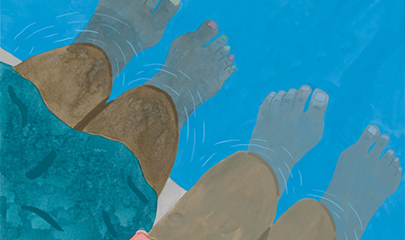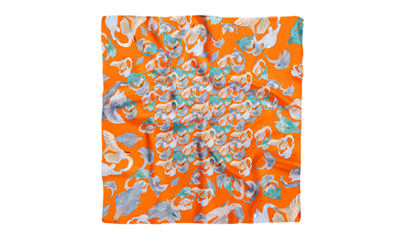Headbone connects to the neckbone, Neckbone connects to the armbone, Armbone connects to the handbone, Handbone connects to the internet, Connected to the Google, Connected to the government
In the song “The Message”, released in 2010, the artist M.I.A. paints a picture of a symbiotic relationship between governments, companies and ourselves, our thoughts and actions. A picture that could be considered abstract and dystopic. During the spring of 2018 we will find out whether Cambridge Analytica gathered the personal details of over 80 million Facebook users which were allegedly later used in, and probably influenced, the American election — a more concrete scenario, yet one that is still far too complex for any one of us to understand or relate to. So what in fact is needed to make visible to us the realities we live in? And how do we find the space to address these in our day-to-day lives?
In a time when the deeply rooted human need to communicate with one other is becoming a commodity in a global market and a target of political actions, it is hard at times to find space that we can call our own. And maybe that is precisely why these spaces are so essential. They are spaces for creating resistance to a development we are all part of but one which no one can get a proper overall view of or want to be held ultimately responsible for.
We see signs of this very resistance in this year’s graduates in Visual Communication, and we also see the will to react and act — to be accountable and to remind ourselves or each other that other realities are possible. As well as many of these projects use as their starting point truths of a personal nature, they also show how this narrative is formed and reformed through our relationships and through encounters with historic and ongoing facticity. And maybe it is precisely this examination of parallel realities that allows us to create knowledge and forms of expression that neither trust in the habitual nor become lost in precipitated truths. Maybe this is key to our regaining power. Goodbye, alternative facts, and welcome to the visual communicators of the future!
Sara Teleman
Professor of Illustration
Johanna Lewengard
Professor of Graphic Design
Headbone connects to the neckbone, Neckbone connects to the armbone, Armbone connects to the handbone, Handbone connects to the internet, Connected to the Google, Connected to the government
I låten The Message, som släpptes 2010, målar artisten M.I.A. upp ett symbiotiskt förhållande mellan regeringar, företag och oss själva, våra tankar och handlingar. En bild som kan tyckas abstrakt och dystopisk. Under våren 2018 får vi veta att Cambridge Analytica samlat in personliga uppgifter från över 80 miljoner Facebook-användare som senare ska ha använts i, och troligtvis påverkat, det amerikanska valet — ett mer konkret scenario, men ändå alldeles för komplext för var och en av oss att förstå eller förhålla oss till. Så vad krävs egentligen för att de verkligheter vi befinner oss i ska bli synliga för oss? Och hur får vi utrymme att hantera dem i våra dagliga liv?
I en tid när det djupt mänskliga behovet att kommunicera med varandra blir handelsvara på en global marknad och föremål för politiska skeenden, är det ibland svårt att hitta ett utrymme som vi vet är vårt eget. Och kanske är det just därför dessa utrymmen är så viktiga. De är rum för att skapa motstånd i en utveckling som vi alla är en del av, men ingen riktigt kan överblicka eller vill hållas ytterst ansvarig för.
Genom årets avgångsstudenter i visuell kommunikation ser vi tecken på just det här motståndet, men också på en vilja att reagera och agera — för att ta ansvar och påminna oss själva eller varandra att andra verkligheter är möjliga. Samtidigt som många av projekten tar avstamp i sanningar som är personliga, visar de också hur denna berättelse formas och omformas genom relationer och i mötet med en historisk och pågående fakticitet. Och kanske är det just i undersökandet av dessa parallella verkligheter vi skapar kunskap och uttryck som varken förlitar sig på det invanda eller går vilse bland påskyndade sanningar. Kanske är det här vi kan ta makten tillbaka. Hejdå alternativa fakta, välkomna framtidens visuella kommunikatörer!
Sara Teleman
Professor i illustration
Johanna Lewengard
Professor i grafisk design
